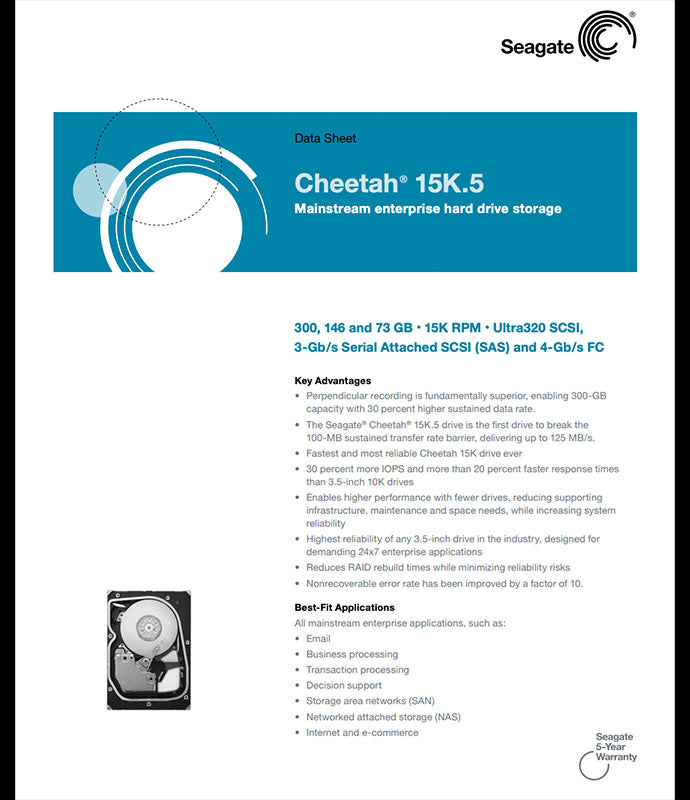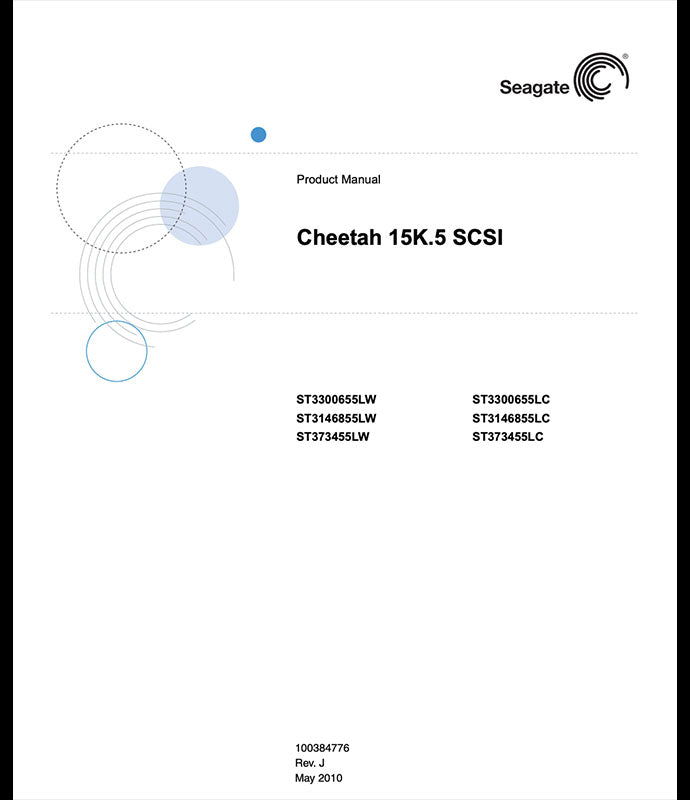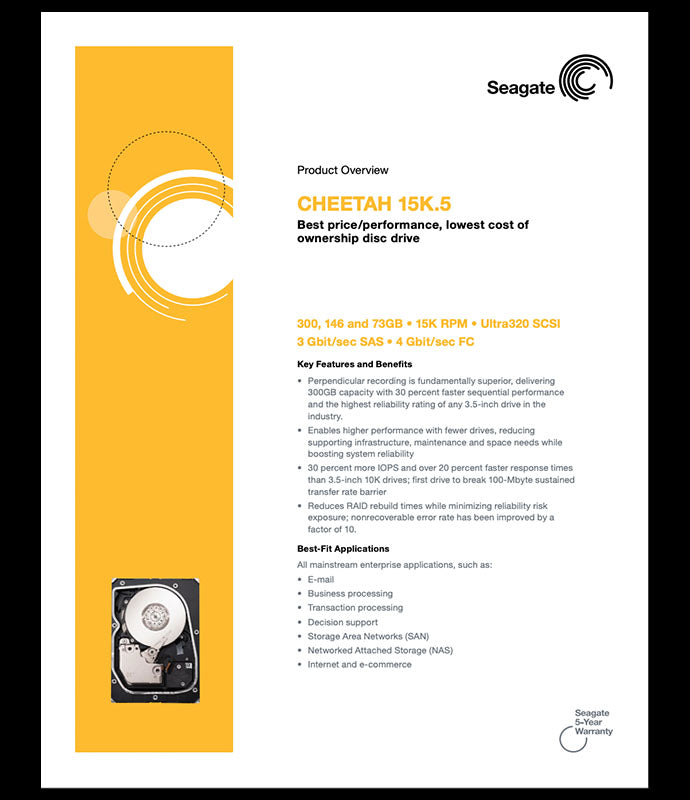



Anand International Inc.
Seagate ST3300655LC | 300GB Fibre Channel Enterprise Hard Drive | 3.5" | 10K RPM | 4Gb/s
Brand New, Factory Sealed | In Stock | Bulk Orders Available
The Seagate ST3300655LC is an enterprise-class 3.5" Fibre Channel hard drive designed for high-availability storage environments. Featuring 300GB capacity | 10,000 RPM performance | 4Gb/s Fibre Channel interface, it delivers fast, reliable data access for mission-critical systems.
Built for continuous 24×7 operation, this drive is ideal for enterprise servers, SANs, and storage arrays that require dependable Fibre Channel performance.
Specifications
Product Features
Compatibility
Shipping & Returns
- Free Shipping: We currently offer free Economy Shipping within the continental U.S. with no minimum order required. Expedited shipping is available at standard carrier rates.
- Same-Day Shipping: Order placed before 2PM PST will ship the same day. Orders received after this time will ship the following business day.
- Hassle-Free Returns: If you're not completely satisfied with your purchase, simply return it within 10 days for a hassle-free refund or exchange.
Product Overview and Benefit
Lowest Cost of Ownership
Highest Reliability
Seagate Service Centers—Worldwide Support
Best-Fit Applications
Frequently Asked Questions
Frequently asked questions for Fibre Channel (FC) Hard Drives, including information on usage, configuration, and compatibility.
1. What is a Fibre Channel hard drive?
A Fibre Channel (FC) hard drive is an enterprise storage device that uses the Fibre Channel protocol to connect to storage area networks (SANs). It’s designed for high-speed, high-availability environments where large amounts of data must be stored and accessed quickly.
2. What systems are Fibre Channel hard drives used in?
FC hard drives are typically found in enterprise SANs, data centers, and high-performance servers. They connect through Fibre Channel controllers and switches to deliver fast, reliable access to storage pools.
3. How do Fibre Channel hard drives differ from SAS or SATA drives?
Fibre Channel drives use the FC protocol for connectivity, providing higher throughput, low latency, and robust multi-path redundancy. Unlike SATA (consumer) or SAS (enterprise direct-attach), FC drives are built for large-scale SAN infrastructures.
4. What capacities are available for Fibre Channel hard drives?
FC hard drives are available in a range of capacities, from a few hundred gigabytes up to several terabytes. However, many have been replaced in modern systems by FC-attached SSDs and SAS drives.
5. Are Fibre Channel hard drives hot-swappable?
Yes. In SAN and enterprise server environments, FC drives are typically hot-swappable when used with compatible enclosures and controllers.
6. Can Fibre Channel hard drives be used in regular desktops?
No. Fibre Channel drives require specialized HBAs (Host Bus Adapters), switches, and infrastructure. They are not compatible with standard desktop or consumer systems.
7. Why are Fibre Channel hard drives still used today?
Fibre Channel hard drives continue to be used in enterprise environments that rely on SANs for centralized storage, high availability, and consistent performance. Many organizations also use them to maintain legacy Fibre Channel infrastructures.







